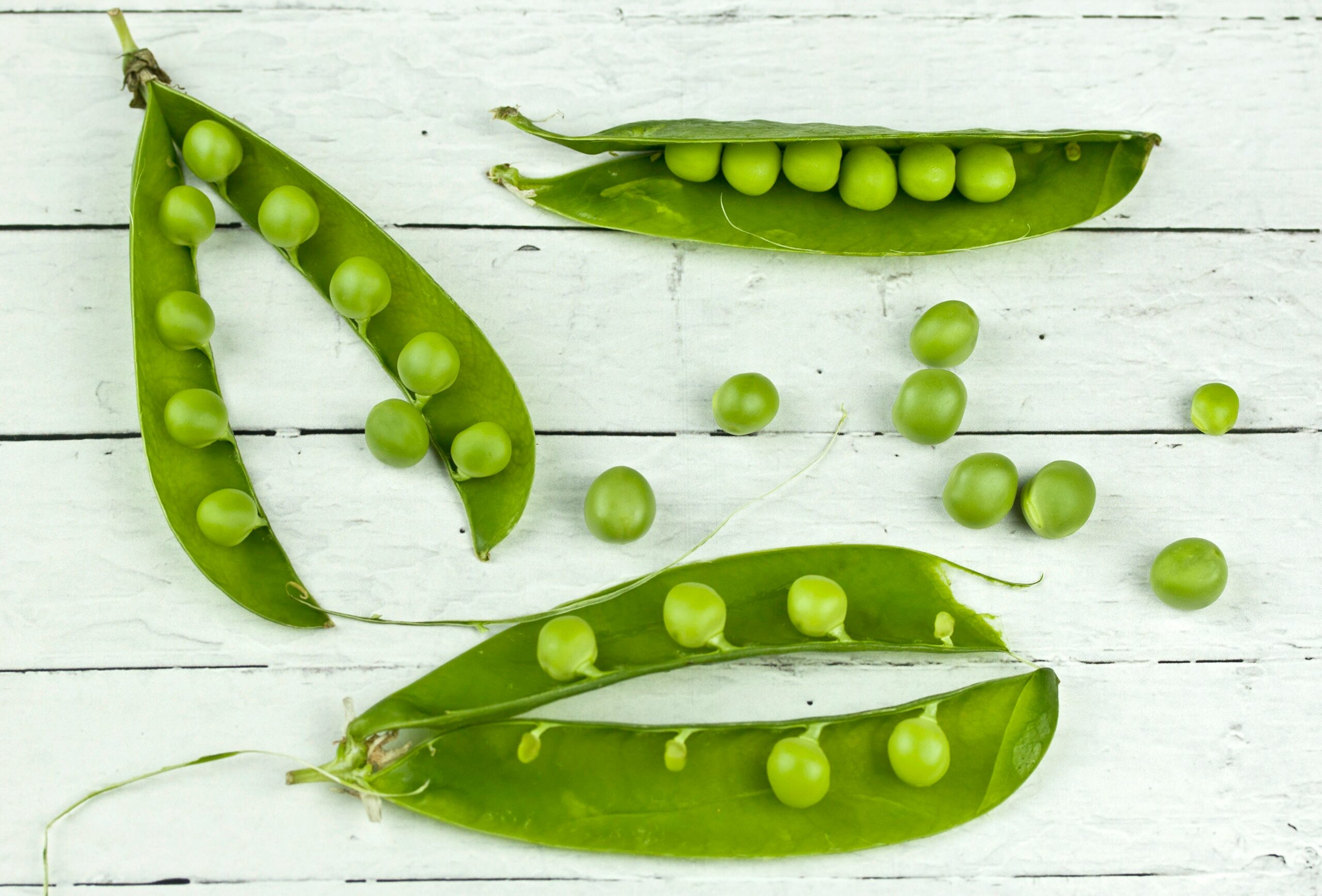Plant peas early for most pleasing flavor

COLUMBIA, Mo. — Few things match the culinary delight of fresh peas from the family garden, said University of Missouri Extension horticulturist David Trinklein. Peas are tastiest immediately after being picked, before too much of the sugar converts to starch.
For the same reason, peas that mature in cool weather are tastier than those harvested after temperatures rise. Therefore, this cool-season vegetable needs to be planted early, said Trinklein.
“A problem in Missouri is we can quickly go from cool spring temperatures to warm summer weather in seemingly a matter of days,” he said. “Once the soil warms, the earlier peas are planted in the spring the better.”
People have cultivated peas for more than 5,000 years. In ancient times, peas were allowed to mature and were harvested as dry peas. They were cooked in water to form a soup or porridge. The English nursery rhyme “Pease Porridge Hot” refers to this custom.
Today, the term pea refers to Pisum sativum, or garden pea, which is eaten when green and immature. Snap peas and snow peas represent varieties whose entire pod can be consumed when harvested at an early stage of maturity.
Garden peas tolerate light frosts and can germinate in relatively cool soil. They prefer a well-drained garden loam with a pH between 6.0 and 6.5. Sow seeds directly in the soil about 1 inch deep and 2 inches apart in rows spaced 18 to 24 inches apart.
Fertilizer application should be based on soil tests. Apply before planting seeds. Like other legumes, peas can fix atmospheric nitrogen with the aid of symbiotic bacteria. However, if plants appear light green or yellow after pods begin to set, apply a side-dressing of nitrogen. Peas prefer soil that is uniformly moist but not wet.
Several varieties of garden pea do well in Missouri, said Trinklein. Popular choices include Spring (57 days to harvest, 22 inches tall), Sparkle (60 days, 18 inches), Little Marvel (63 days, 18 inches), Lincoln (67 days, 30 inches), Green Arrow (68 days, 28 inches), Bolero (69 days, 28 inches) and Wando (70 days, 30 inches).
Taller varieties need 3 feet between rows and some method of trellising or support. Dwarf varieties can be sown closer together and normally do not need to be trellised.
Peas are relatively pest-free, but aphids, leafhoppers and seed corn maggots can cause problems, said Trinklein. Diseases include fusarium wilt, powdery mildew and root and seed rot. Powdery mildew can be especially troublesome in poorly drained soil or during wet springs. Rotating planting location in the garden from year to year helps in the management of diseases of peas.
Peas don’t compete well with weeds. Hand weed and cultivate to control weeds in home garden plantings. The herbicides trifluralin and pendimethalin are labeled for weed control in peas.
Depending on cultivar, planting date and seasonal temperatures, peas usually are ready for harvest about the middle of June, said Trinklein. Harvest normally lasts about two weeks. Timing the harvest is critical for top eating quality. Pick the pods as soon as they have swollen (appear round). Peas allowed to mature too long on the plant are less sweet.
If your appetite for fresh peas is not sated by the spring crop, you can plant again in late summer for fall peas, which mature during cooler weather and usually are exceptionally tasty.
Miss Clipping Out Stories to Save for Later?
Click the Purchase Story button below to order a print of this story. We will print it for you on matte photo paper to keep forever.

